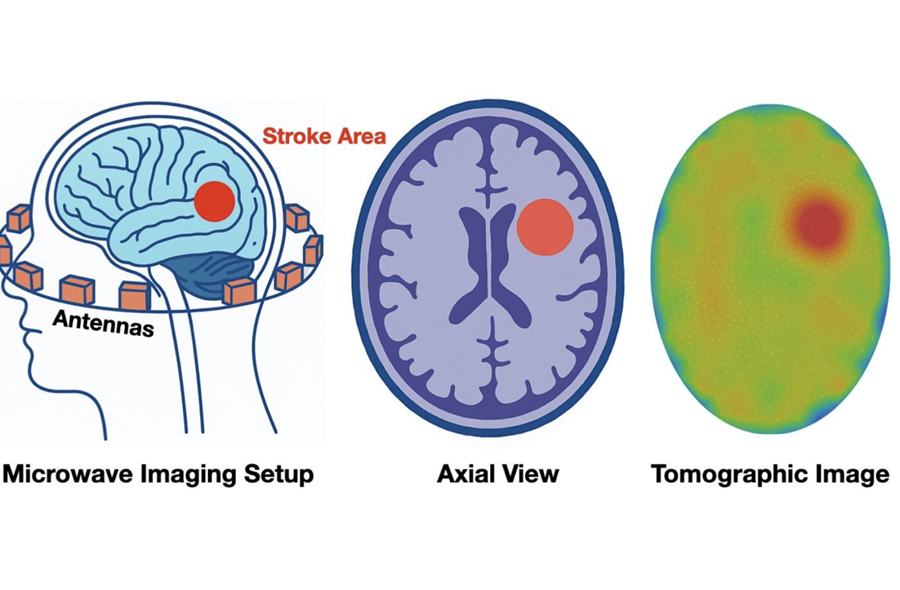AI Tool Improves Medical Imaging Process by 90%
Posted on 12 Nov 2025
Accurately labeling different regions within medical scans, a process known as medical image segmentation, is critical for diagnosis, surgery planning, and research. Traditionally, this has been a manual and labor-intensive task, and while U-net artificial intelligence (AI) models have revolutionized the process in recent years, they require large datasets and extensive computational resources, especially for complex 3D scans. To overcome this challenge, researchers have developed a new AI method that achieves the same accuracy as U-nets while using 90% fewer parameters.
The AI method, named MetaSeg, has been developed by researchers at Rice University (Houston, TX, USA) and introduces a novel approach based on implicit neural representations (INRs) — networks that interpret medical images as continuous mathematical functions instead of fixed pixel grids. Unlike conventional models, MetaSeg uses meta-learning, a “learning to learn” strategy that enables rapid adaptation to new data. This allows MetaSeg to quickly analyze previously unseen 2D or 3D medical images, such as brain MRIs, and accurately outline anatomical regions with minimal computational demand.

In experimental tests, MetaSeg successfully segmented brain MRI images with the same precision as leading U-net architectures, but with a fraction of the training requirements. This efficiency could make high-quality medical imaging analysis more accessible in settings with limited resources.
“MetaSeg offers a fresh, scalable perspective to the field of medical image segmentation that has been dominated for a decade by U-Nets,” said Guha Balakrishnan, the study’s corresponding author. “Our research results promise to make medical image segmentation far more cost-effective while delivering top performance.”
Related Links:
Rice University














